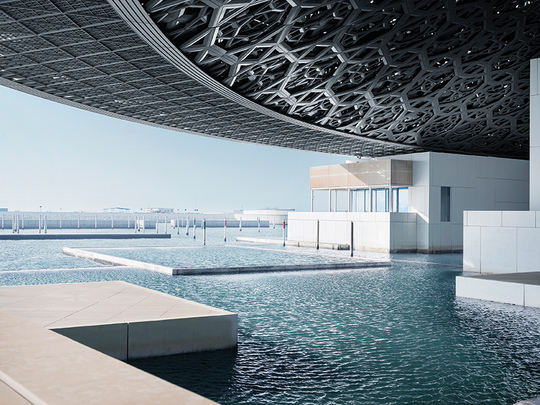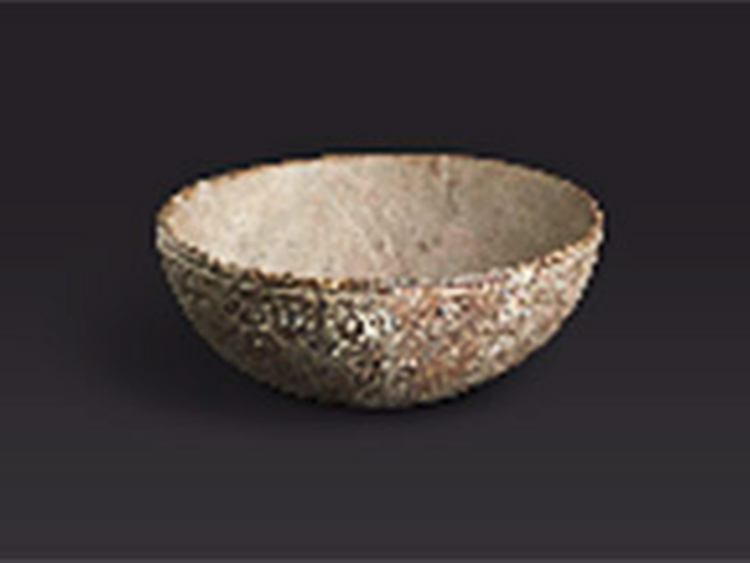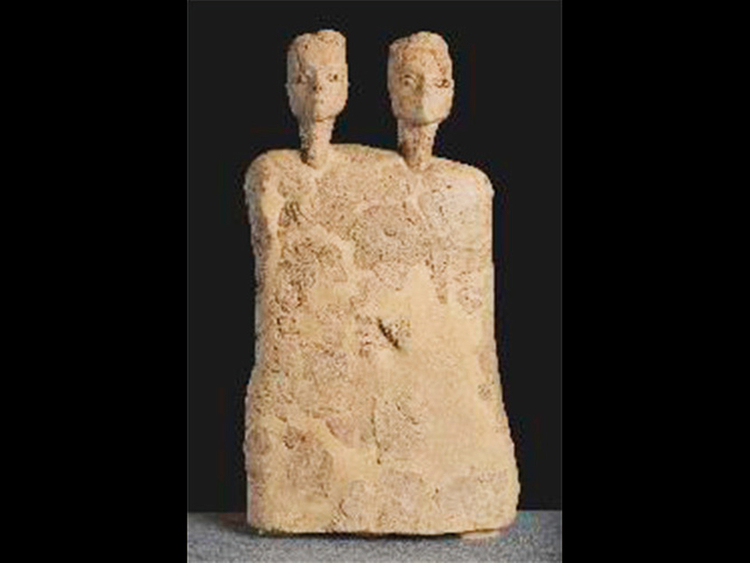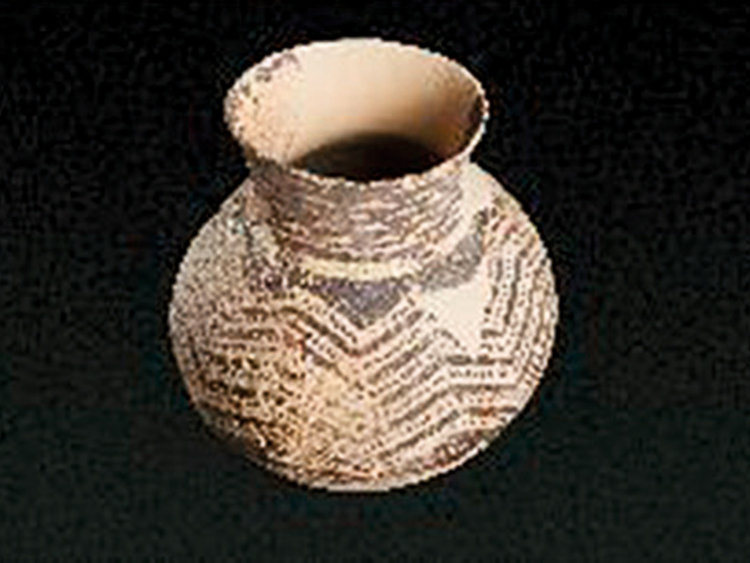
Abu Dhabi: Their opening may still be some way away, but the Louvre Abu Dhabi will offer a glimpse of some prominent pieces to be featured in the Guggenheim Abu Dhabi and the Zayed National Museum, two of the other planned museums for Saadiyat Island’s Cultural District.
In a statement issued on Wednesday, the Louvre Abu Dhabi said these pieces are on loan to the museum, and will be on display when the museum opens on November 11.
Among these are a selection of calligraphic works on paper, including Ottoman scrolls containing important paintings, texts and letter forms from the region, which are part of the Zayed National Museum’s collection. The Guggenheim Abu Dhabi, on the other hand, has loaned the works of famous Emirati conceptual artists Abdullah Al Sa’adi and Hassan Sharif, and of Sudanese artist and former diplomat Ebrahim Al Salahi.
The pieces will be featured alongside the Louvre Abu Dhabi’s more-than-600-piece permanent collection, the 300 items on loan from the Louvre Museum and 12 other French partner institutions, and other pieces from regional institutions like the Saudi Commission for Tourism and National Heritage, the National Museum of Oman and the Jordanian Department of Antiquities.
A prehistoric stone tool dating back to 350,000BC, a milestone indicating the distance from Makkah in Kufic inscriptions, and a funerary slab from Makkah dating back to 700–900AD have been loaned to the Louvre Abu Dhabi by the Saudi Commission for Tourism and National Heritage. The National Museum of Oman has also made available a collection of over 400 silver dirham coins from the Abbasid Caliphate of Iraq, the Samanid Dynasty and the Saffarid Dynasty, while Jordan’s Department of Antiquities has sent an 8,000-year-old, two-headed figure known as the Ain Ghazal Statue.
“We are proud to have these collections displayed in Louvre Abu Dhabi, the first museum to open in the Saadiyat Cultural District, and to share the UAE’s story alongside other cultures. We have always aimed to build strong partnerships with cultural institutions in the region in order to share knowledge. [And now,] Louvre Abu Dhabi’s visitors will learn about the UAE’s rich past, which was a crossroad of many civilisations that led to our cosmopolitan city of today,” said Mohammad Al Mubarak, chairman of the Department of Culture and Tourism – Abu Dhabi.
In addition to loans from regional institutions, other UAE museums will also loan a few pieces to the Louvre Abu Dhabi. For instance, a precious pendant dating back to 2000-1300 BC will be in view in the museum’s first gallery so that visitors can take a peek at humanity’s earliest artistic expressions. Also displayed in the gallery will be a painted Neolithic vase from the island of Marawah — the oldest ceramic vessel yet discovered in the UAE — a fragment of stucco from an ancient church in Sir Bani Yas, and an axe head from Al Ain Museum dating 1000–600BC.
“These loans further embody the UAE’s rich cultural heritage, and tell the story of the country’s strong historic connections with the wider world, completing the universal narrative of Louvre Abu Dhabi,” the statement said.
“Louvre Abu Dhabi is the first museum of its kind in the Arab world — a universal museum that focuses on shared human stories across many different civilisations and cultures, but remains shaped by the unique history of its region. Displaying these artworks through the collaboration between local and regional institutions [therefore helps] to tell the story of art from a Middle Eastern perspective, and supports the ongoing cross-cultural exchange and understanding which Louvre Abu Dhabi embodies,” said Manuel Rabate, director of Louvre Abu Dhabi.














